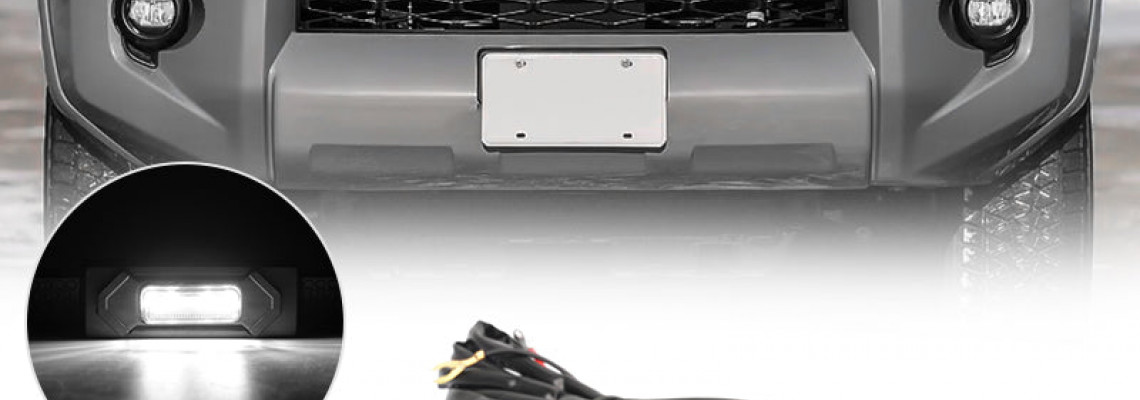What Should You Do If The Jeep Headlights Get Wet?

What Should You Do If The Jeep Headlights Get Wet?
As everyone knows, headlights are essential for keeping drivers safe, especially when driving in smoky environments or extreme weather situations like fog, snow, and heavy rain. One iconic off-road vehicle that thrives in the great outdoors is the Jeep. For a Jeep, headlamp brightness is crucial. However, water intrusion is a significant pain compared to not lighting up or getting destroyed.
- What causes Jeep headlights to fill with water?
- What can be done about the condensation?
- How to protect your headlights?
What causes Jeep headlights to fill with water?
To ensure regular headlight operation, the automobile will release as much heat as possible through a ventilated rubber tube. This is because the headlights will generate a lot of heat when they are turned on and even while they are being used. The air's moisture, however, readily flows through this trachea, into the headlights, and sticks to the lampshade to create fog.
Human activities like car cleaning, washing, and weather variations can also cause fog in the headlights. A significant amount of water vapor will form when rain drenches the engine and exhaust system, which are relatively large heat sources, while the car is wading. A portion of this water vapor will enter the headlights through the ventilation pipe.
Using a high-pressure water gun to clean the engine compartment is a widespread practice among Jeep owners. The water buildup in the engine compartment is not promptly removed after washing. The water vapor in the engine compartment becomes stuffy once the cover is removed, and it cannot be swiftly expelled outside the vehicle. Inside the headlight, you can reach.
What can be done about the condensation?
The fog and heat are released from the headlights through the vent pipe after they have been on for a while, and the headlights are essentially unaffected. However, avoid baking the headlights as this can easily cause them to burn out.
In addition to checking for obstructions, make sure the unit vents are clear of any objects that can obstruct airflow, such as insects or dirt. To completely clean the vents, try forcing bottled compressed air through them as well.
If the headlight assembly has a lot of water, try removing the light cover and manually cleaning it. After draining the water, clean the casing using regular rubbing alcohol. Until the lampshade is clean, keep cleaning it. After that, let them air dry in a warm location or in the sun.
How to protect your Jeep headlights?
Put an end to inferior bulbs.
The bulb's performance is crucial because it will impact the effect of night lighting and driving safety. Additionally, high-quality headlight bulbs are a strong way to ensure safe driving.
Do a good job in daily maintenance.
Automobiles require daily maintenance, including checking the brakes, replacing the oil filter, and replacing the headlight bulbs to ensure they are in good shape and on schedule.
The headlight bulbs will become less brilliant after 50,000 kilometers of driving, or roughly two years. You have to visit the 4S shop right now to get inspected. To maintain a consistent brightness, swap them out simultaneously.
Adjust the lights by yourself.
It will be examined during the yearly inspection to see if the light beam is positioned correctly; in other words, it is crucial to ensure it is. The proper beam position ensures clearer visibility and safe driving.
Generally speaking, it's advisable to make it a practice for Jeep owners to check their lights frequently during the cold and wet seasons. After wading, for instance, the vehicle must be inspected. Early detection and remediation are the only ways to eliminate the problem before it becomes problematic.